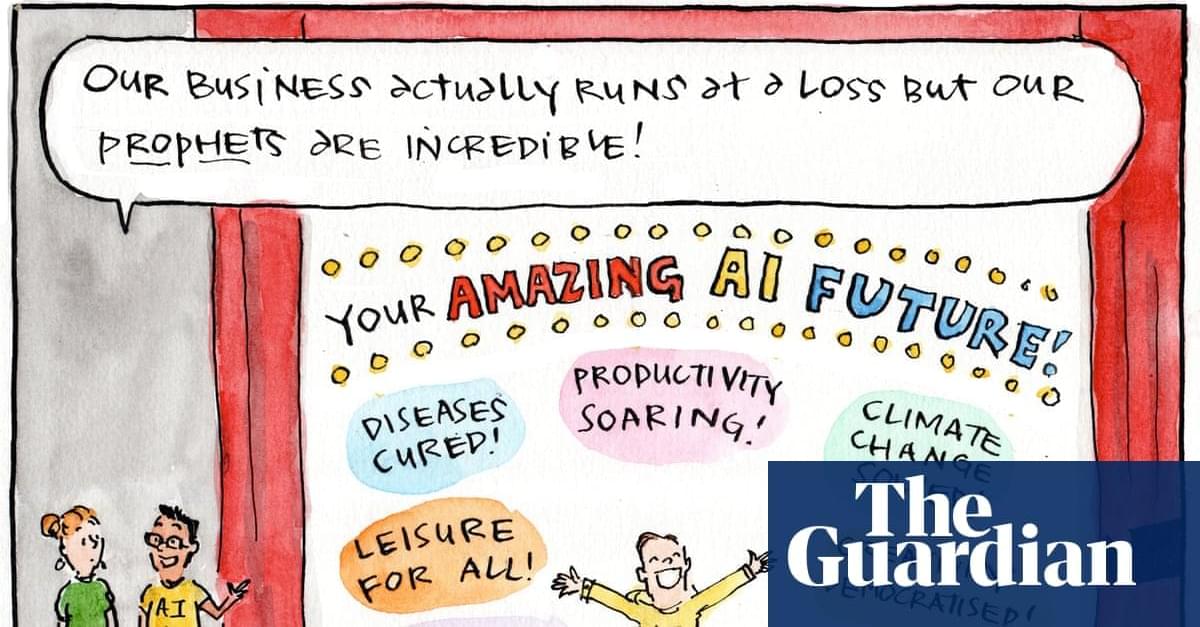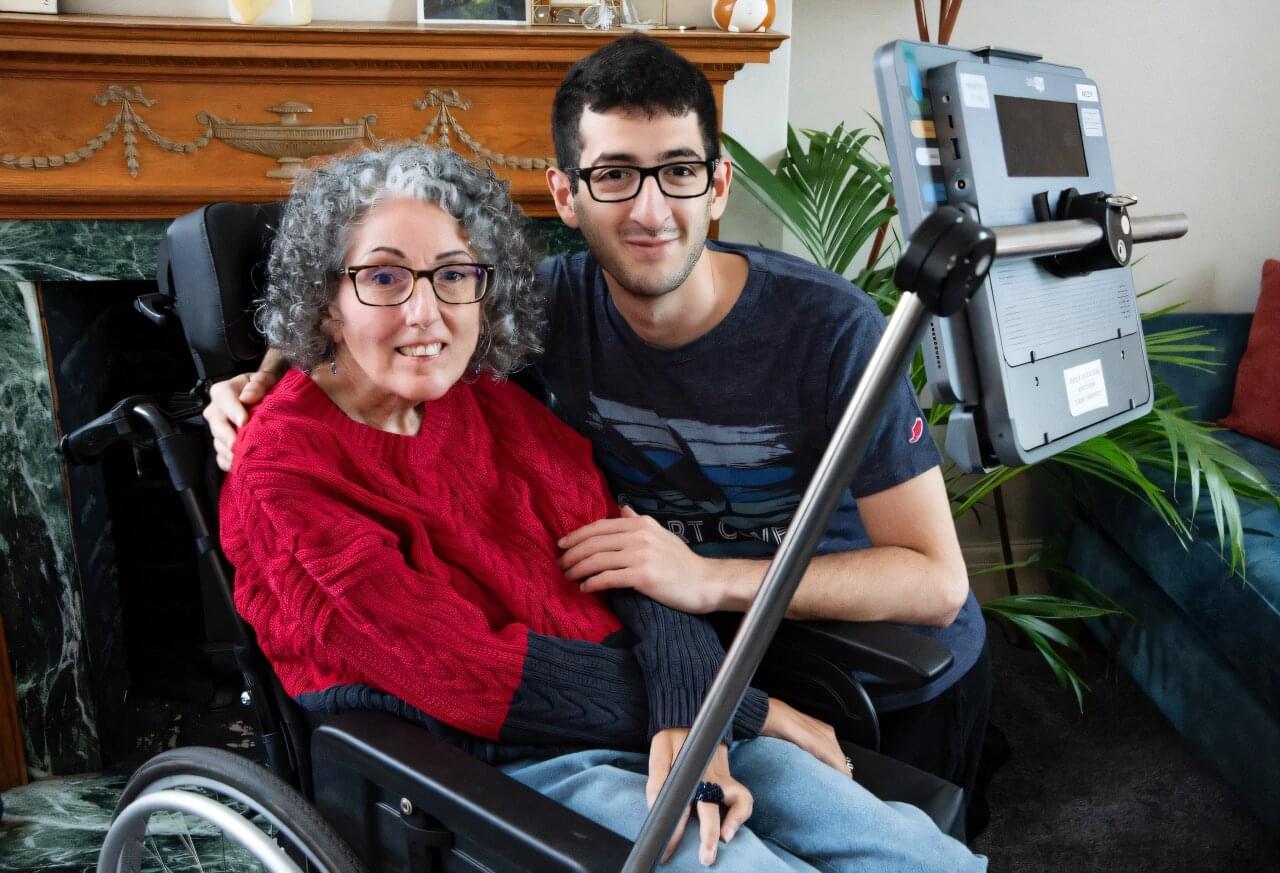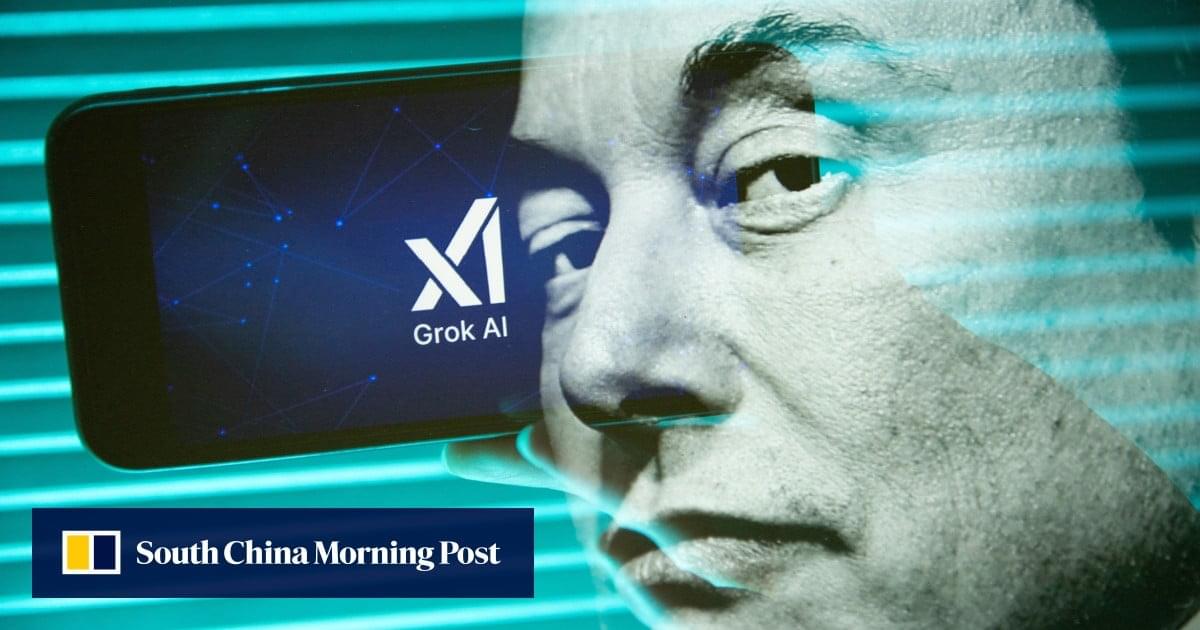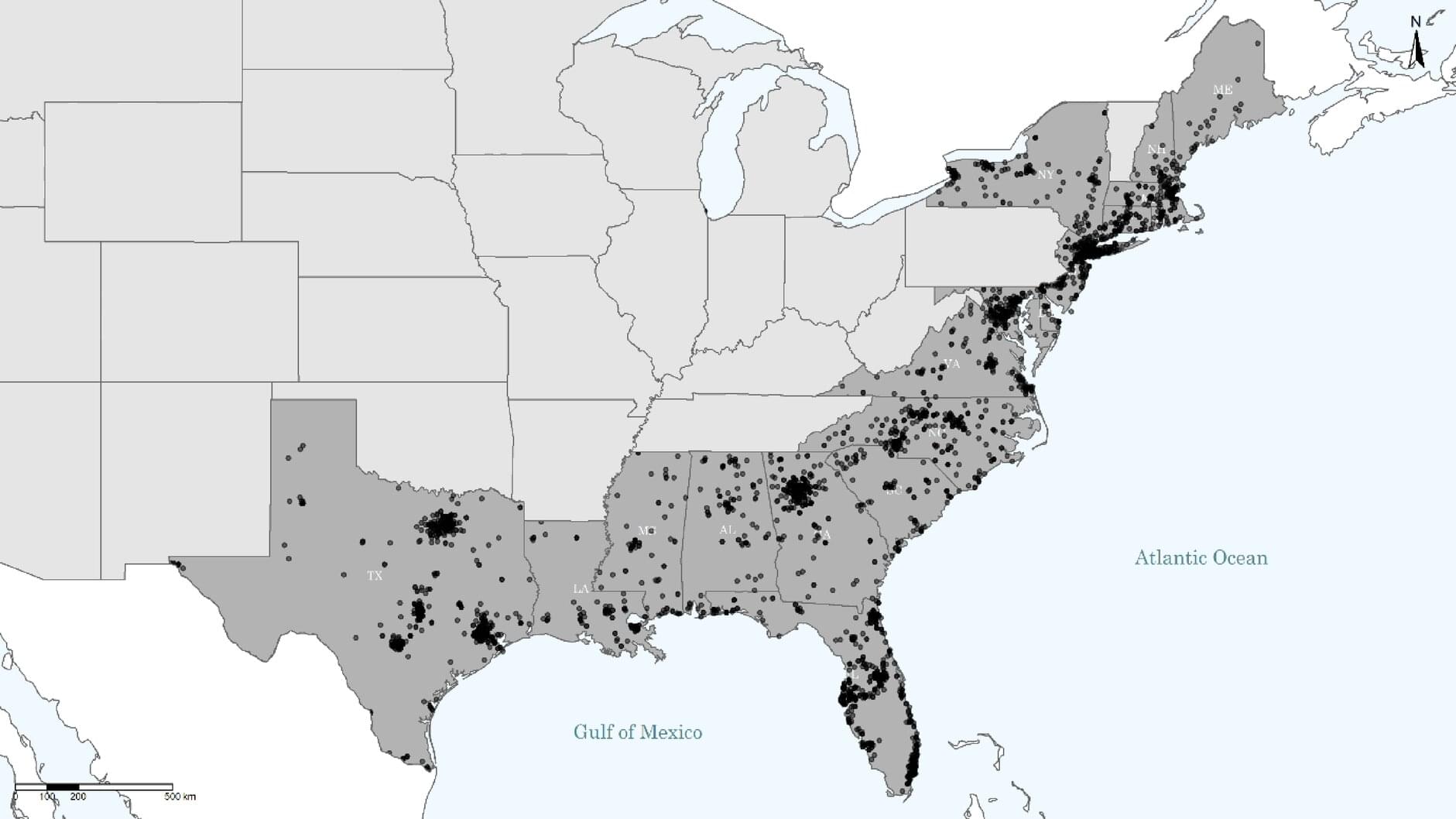“There’s a widening schism between the technologists who feel the A.G.I. – a mantra for believers who see themselves on the cusp of the technology – and members of the general public who are skeptical about the hype and see A.I. as a nuisance in their daily lives,” they wrote.
It’s unclear if the industry will take heed of these warnings. Investors look to every quarterly earnings report for signs that each company’s billions in capex spending is somehow being justified and executives are eager to give them hope. Boosting, boasting about and hyping the supposed promise and inevitability of AI is a big part of keeping investor concerns about the extra $10bn each company adds to its spending projections every quarter at bay. Mark Zuckerberg, for instance, recently said in the future if you’re not using AI glasses you’ll be at a cognitive disadvantage much like not wearing corrective lenses. That means tech firms such as Meta and Google will probably continue making the AI features that they offer today an almost inescapable part of using their products in a play to boost their training data and user numbers.
That said, the first big test of this AI reality check will come on Wednesday when chipmaker Nvidia – one of the building blocks of most LLMs – will report its latest earnings. Analysts seem pretty optimistic but after a shaky week for its stocks, investor reactions to Nvidia’s earnings and any updates on spending will be a strong signal of whether they have a continued appetite for the AI hype machine.








